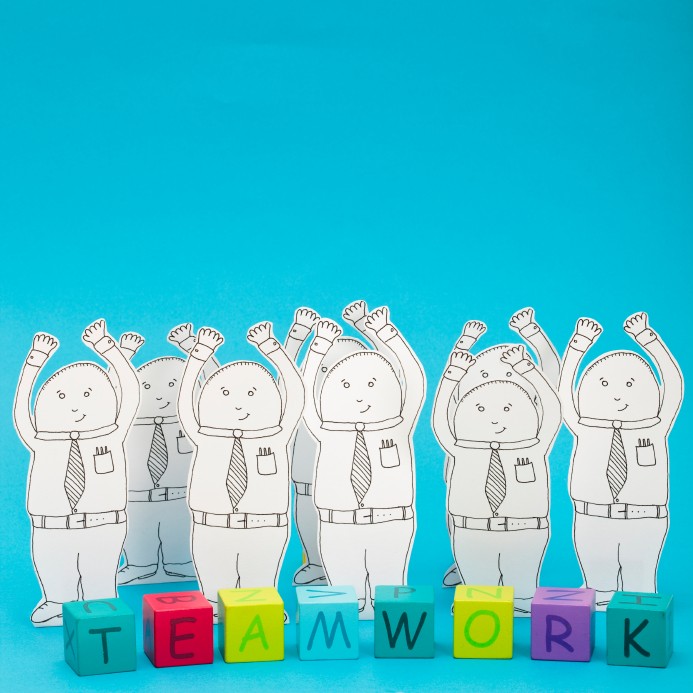How collaboration impacts workflow for agency traffic managers
Advertising is a very social business and it requires interaction and communication between many different people inside the agency. What’s most important is that the right information get to the right people at the right time so work can get done and delivered to the client in a timely manner. The difficulty is making sure everyone is in the loop and working from the same set of information.
I spoke to a couple of traffic managers in advertising agencies to get their perspective on how collaboration plays a role in the creative process and what sort of procedures they have put in place to make work flow smoothly. One agency, Breen Smith, has been on the path towards cloud-based collaboration for some time. The path began with the lowly Excel spreadsheet but ended with a far more efficient solution.
Breen Smith Project Manager Alex Cortina told me, “Communication is the most important thing – I’ve learned that in order to wrangle a bunch of creative brains, that this doesn’t mean a single mention or iCal invite for a meeting would be sufficient. I keep an Excel status sheet of all the active projects – job numbers, schedules, and production notes (which designers are assigned the jobs, printer information, you name it). This was something that the work flow specialist introduced me to. A copy is handed out to everyone at our weekly traffic meetings, and I mark/highlight projects for each person. I think these aren’t as effective for everyone else as they are for me, though, as I tend to find them in trash cans covered in coffee cup rings. I’m constantly updating my status sheet and I find it helps me do daily run-throughs of projects with everyone in the agency throughout the day.”
Adding to this, Cortina began implementing a “three-day snapshot” at the end of each day that would show project schedules for the next three days with a big, red “LATE” next to anyone’s name associated with the project. Of the snapshot, she says, “it turns out that a little ‘LATE’ in red next to your name/project is very effective to getting someone back on track.”
Not relying completely on email, Cortina also makes her project management visible and unavoidable to all in the agency. She tells me she keeps a “a weekly outlook marker board at the front of the office. I keep routine status calls/meetings on there, as well as meetings (client and internal) marked. I also keep note if anyone is out on vacation, doctor appointments, and so on. This has helped our President the most, as he is constantly in meetings and on calls with clients and new business prospects. All he has to do is glance at the board when trying to schedule a meeting and see what the day looks like. It’s helped the creative keep those big presentations on their radar, too.”
Finally, Breen Smith implemented a project management platform which Cortina describes as “an easy way to share files and feedback with each other and clients.” Explaining the collaboration system further, Cortina adds, “Everything is broken down by clients and job numbers and there’s a master page that holds a calendar and a stream of the recently active jobs. You can assign milestones to creative teams and even to the clients. These milestones are equipped with email alerts sent out to whoever is in charge of a certain step in production. Everyone can see production schedules on their phones and desktops.”
Speaking from experience and having developed a project management process and workflow for an agency myself, I can tell you changing people’s work behaviors is no small task. Luckily, there are more and more tools available and the notion of sharing and cloud-based collaboration is becoming second nature to many.
Of her role and its importance, Cortina adds, “Communication can always be improved and I think that it is the most important part of my job. I need to make sure that everyone in this agency understands what we’re working on and why.” It’s this “why” that is of the utmost importance. Everyone should have a vested interest in what they are working on.
Reiterating the importance of working together as a team, another traffic manager (who wished to remain anonymous for obvious reasons) said, “As far as creative and traffic collaboration goes, alcohol helps! Yes, we have a love/hate relationship with one another at times, but respect and getting drunk together on occasion can go a long way.”
And this traffic manager isn’t wrong. Given all the time, sweat and energy everyone gives to the process of creating great work on time and within budget, it’s healthy and helpful to the collaborative process for those involved to blow off some steam together and get to know one another as people in addition to co-workers. This, alone, goes further than any process or procedure when it comes to getting things done smoothly. When you have a friendly acquaintance with a person, you are far more likely to go the extra mile and much less willing to be seen as one who drags their feet on every job.
So, yes, be social. But not at the expense of the proper policies, procedures, workflow methodologies and collaborative approach. You need both to succeed.






